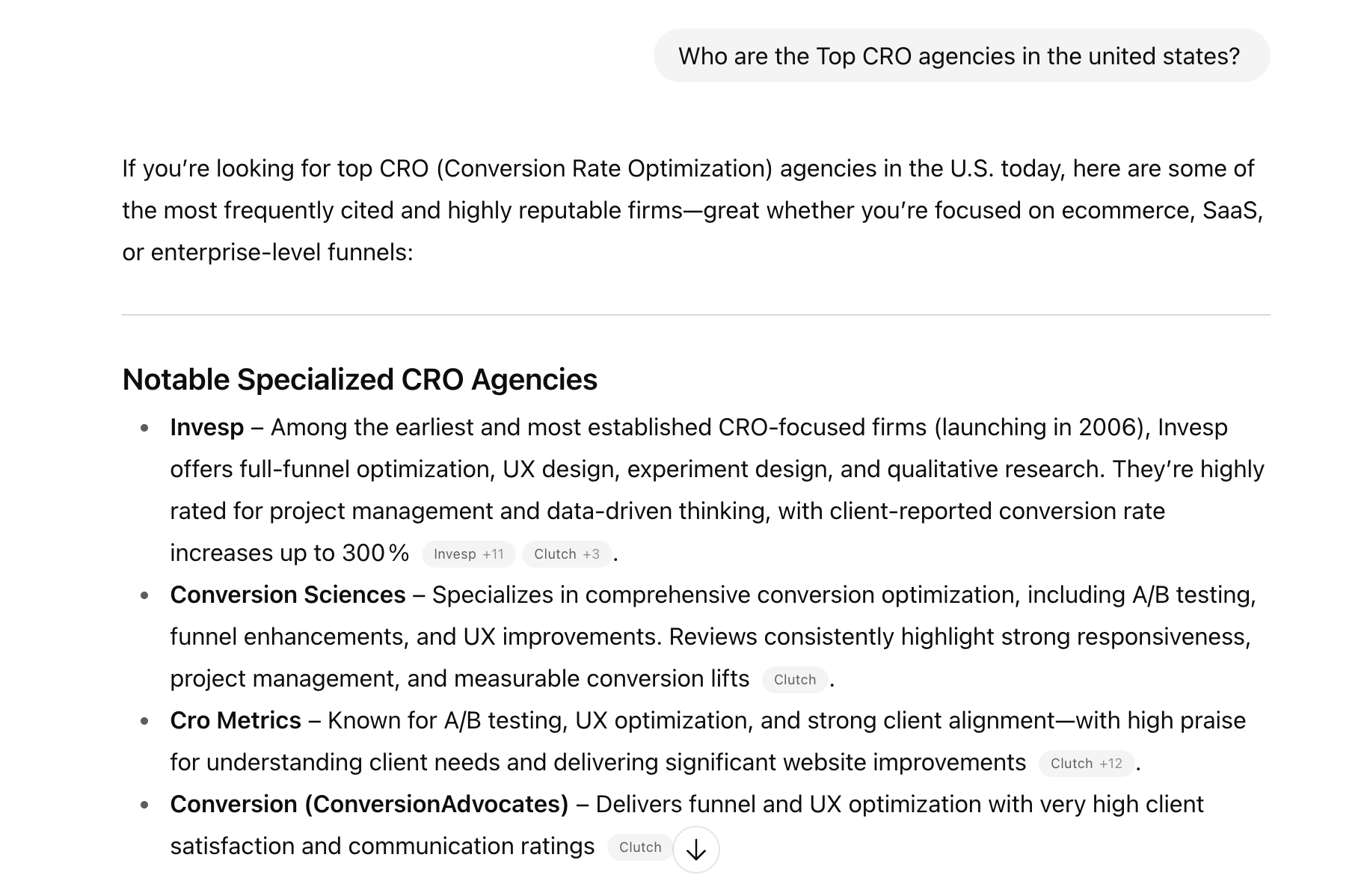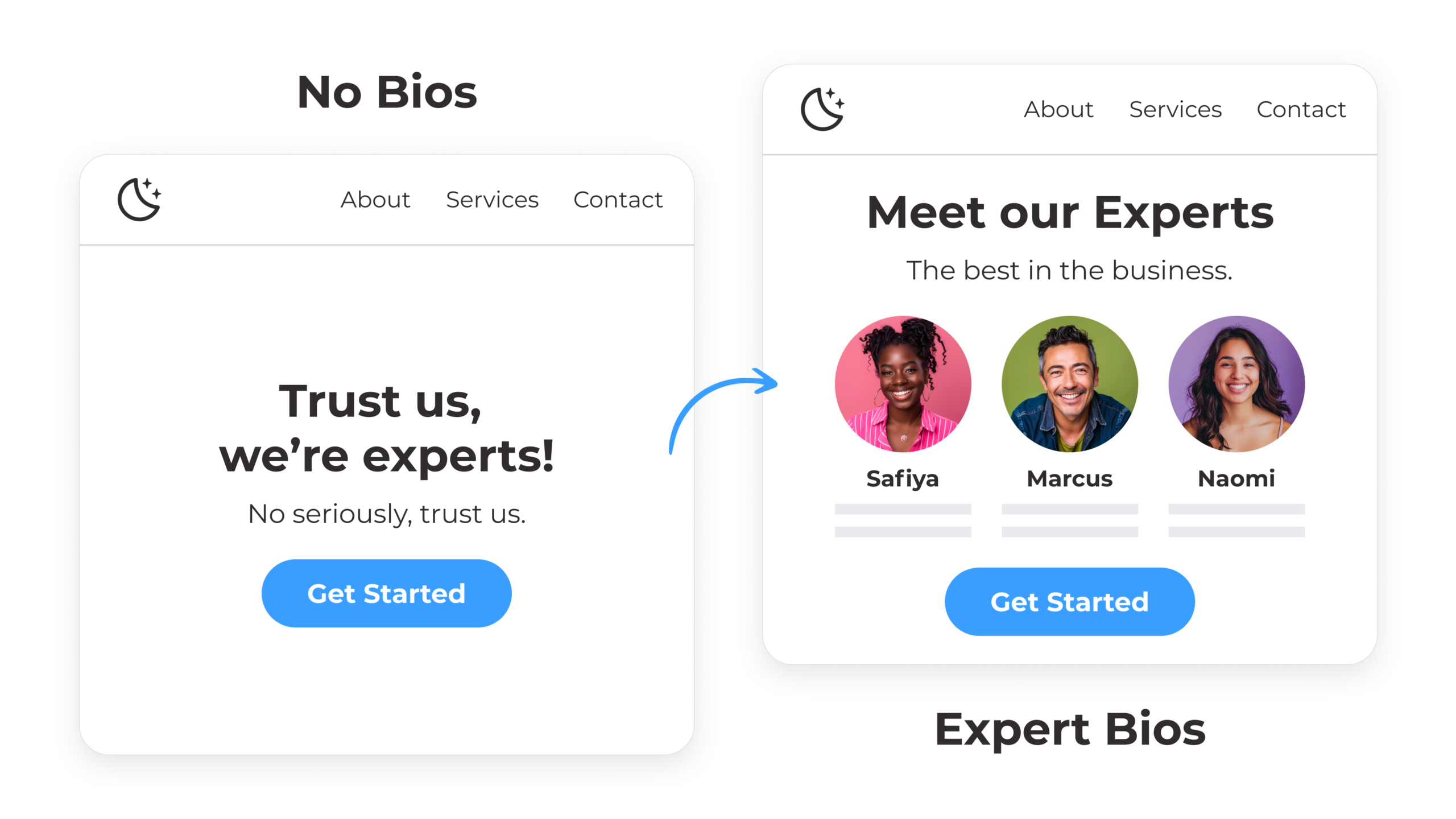Search Engine Optimization (SEO) is not going away but it is expanding into new territories. The map is bigger now, the routes are changing, and there are more ways than ever to reach your destination.
What used to be a game of “get to the top of the list” has turned into “be the answer itself.” You are no longer just trying to be clicked on. You are trying to be the exact words that an artificial intelligence (AI) system selects, summarizes, and shares directly with the person asking the question.

- AEO is about getting into places like Google’s featured snippets, People Also Ask boxes, and voice assistant responses.
- GEO is about getting your content cited by Large Language Models (LLMs) such as ChatGPT, Google’s Search Generative Experience (SGE) including AI Overviews, and Perplexity.
Data from Advanced Web Ranking shows that AI Overviews now appear in over 50 percent of Google search results. “Citation-worthiness” has gone from an academic term to a marketing survival skill.
No one has the full playbook yet, and that is oddly freeing. At Cro Metrics, we do not pretend to have all the answers, but we do have a front-row seat to how customer journeys are shifting, and we are running experiments every day to see what works.
From Search Results to Search Answers
The old goal of SEO was to be number one on the search engine results page (SERP). While SERP is still relevant and important, the new goal is to be the answer. Sometimes that answer will be read out loud by a voice assistant, sometimes it will be in a snippet box, and sometimes it will be wrapped inside an AI-generated paragraph that makes you wonder if the internet just plagiarized itself.
Here is a quick guide:

It is still search. The results are just…shapeshifting.
What’s Working So Far in the Era of AI Search
Structuring Content for Answer Engine Optimization (AEO):
For AEO, the goal is to be the easiest, clearest source to pull from. The best-performing examples we see share a few traits:
- Headings written as real, natural questions with the answer directly below.
- FAQ sections and TL;DR summaries that make key takeaways easy to find for humans and machines.
- Schema markup like FAQPage, HowTo, and ItemList that spells out your content’s structure.
- Short “answer blocks” near the top of a page, like putting the most important sentence on the cover instead of buried in chapter six.
- Test exact phrasing models and comparisons vs. competitors to see what gains snippet capture.
Think of it as giving the system a neatly labeled folder instead of making it rummage for the remote under the couch.
Becoming Citation-Worthy for Generative Engine Optimization (GEO):
GEO is about making your content so credible, clear, and easy to extract that AI systems want to reference it. We see better results when you:
- Publish original first-party content: data, case studies, and unique points of view.
- Attribute content to named experts with bios, credentials, and publication dates.
- Earn citations from reputable third-party sites like G2, industry media, and forums.

Blending Strategy with Testing:
There is no universal formula for AEO or GEO. That is why we use our Culture of Experimentation to iterate and optimize. Some of our recent tests include:
- Comparing snippet capture rates between pages with and without FAQ sections.
- Moving TL;DR summaries to different positions to see if engagement changes.
- Testing whether adding expert bios affects trust signals and AI inclusion.

-
- Building topic clusters to see which themes are picked up most often by generative engines.
How We Are Approaching the New Frontier of SEO at Cro Metrics
Our current (August 2025) perspective combines content readiness, technical structure, and channel impact:
- Ad position pressure: Generative results are already pushing some ads down the page. This creates a “volume crunch” and higher cost-per-click, especially for top- and mid-funnel queries. Google still prioritizes shopping listings for high purchase-intent searches (think “shop red running shoes”), but informational queries are where visibility loss is most acute.
- Targeting shifts: Advertisers should ensure audience-based targeting strategies are in place. The traditional keyword pool is shrinking, particularly as younger demographics rely less on Google and more on conversational AI for answers.
- Schema as infrastructure: We lean heavily on JSON-LD and schema across content types like organization, FAQs, authors. For example, leadership pages are marked up with Person schema, including education and associations, to signal expertise.
- CMS readiness: Designs are shifting to a GEO-ready format by default, with answer blocks, schema markup, and fields for bios and citations.
- Direct monitoring: We use a mix of Google Search Console, analytics segmentation, and manual LLM queries to check for citation presence.
Our work in AEO and GEO is part of our larger, ongoing commitment to AI in marketing. We have dedicated teams focused on developing and refining our internal AI and predictive modeling capabilities, including tools like Impact Lens. Alongside that, our cross-functional AI group is continually learning, researching, and implementing new approaches for our clients ensuring that every strategy we deliver is informed by the latest advancements and real-world results.
What This Means for Your Brand
Waiting for the perfect playbook is not the way forward. If your content cannot be scraped, summarized, and cited, you risk becoming invisible in both traditional search and AI-generated answers. Here are some places to start:
- Audit your content for answer readiness:
- Can your top-performing pages answer a question in 40–60 words?
- Do you have structured FAQs?
- Is schema markup implemented and valid?
- Invest in first-party authority signals:
- Add expert bios with credentials to key content.
- Publish original research, case studies, or benchmarks that no one else has.
- Plan for the paid + organic squeeze:
- Coordinate SEO and PPC so you can defend visibility when generative results push ads down.
- Use audience targeting and broad match in Google Ads to stay eligible for AI-influenced results.
- Optimize for audience shifts in search:
- Test conversational, long-form queries in your keyword research.
- Look at how new and younger audiences phrase questions
- Implement monitoring:
- Set up dashboards or recurring checks in Perplexity, Claude, and SGE to track where you are cited.
- Use this intel to refine topics, formatting, and authority signals.
Generative search is not on the horizon. It is already here. And while no one has the final map, the brands that experiment now will be the ones telling the rest of us how it works later.


